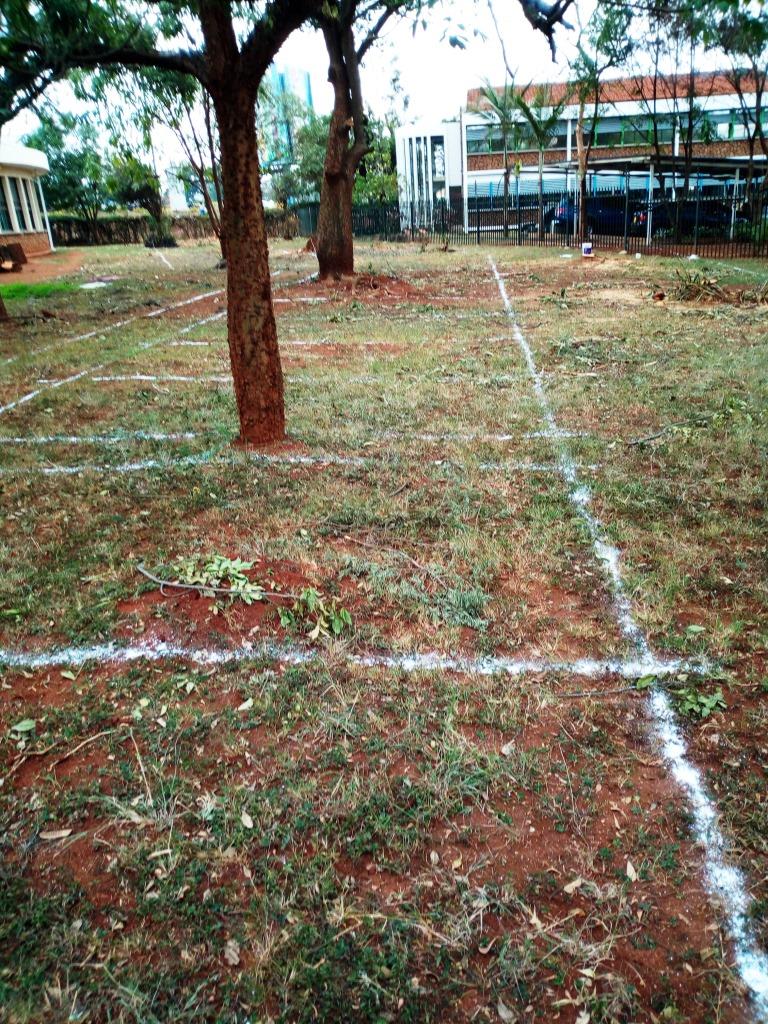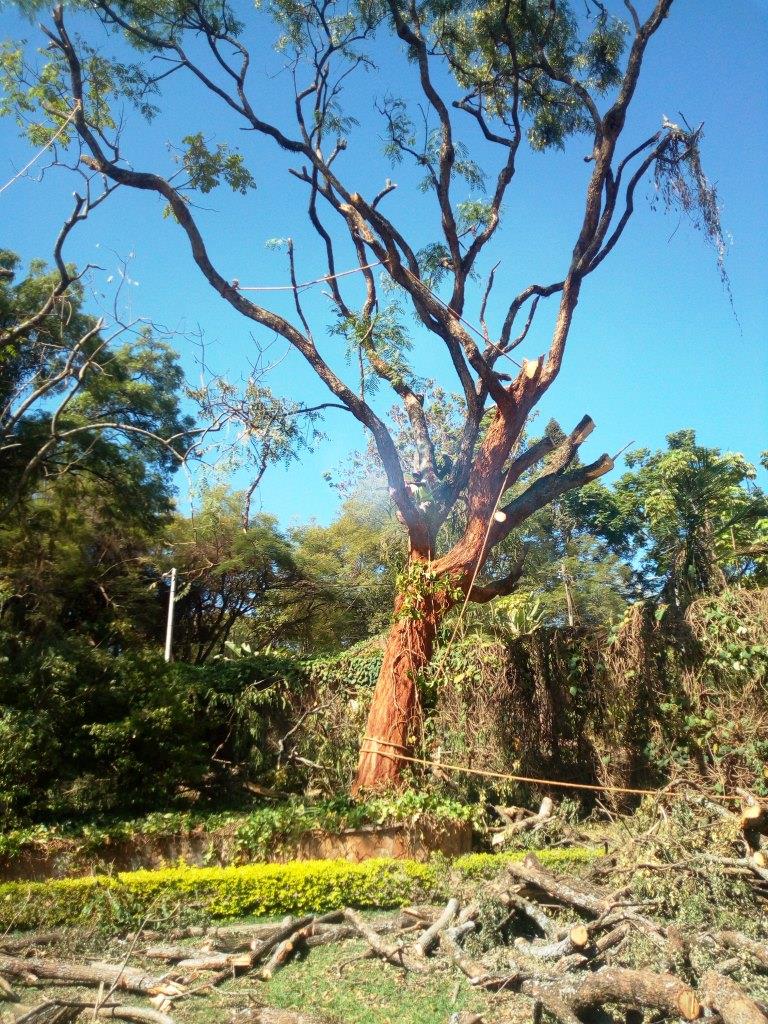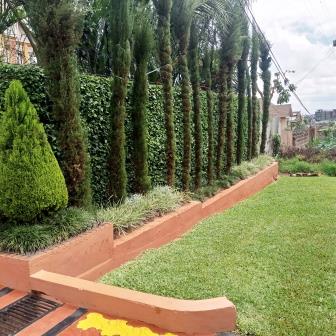Do you have a tree in your garden that is causing more harm than good? If this is the case, then it may be inevitable to cut the tree down.
Reason For Cutting A Tree

There are many reasons why you may need need to cut down a tree. The roots could be damaging sewage pipes, pushing up paving or rocking the foundations of your home. Sometimes a tree can grow into a safety hazard –leaning to much and therefore susceptible to falling down or overgrown branches overlying the roof. Boundary trees tend to break walls and heavily shade the neighbor’s property-a chance for nuisance claims if you have a difficulty neighbor.
Cutting a tree comes with its inherent risk of injury and death to persons or property damage Therefore plan well in advance. As people who are called upon often to trim trees or cut them down, here are the factors we consider and the process we use when we want to cut down a tree.
Steps to Follow in Cutting A Tree
- Get authorization.
If you live in an urban setting, do not for once think that you will wake up one day and just decide to cut down the tree. It doesn’t work like that. All trees in Nairobi and other cities belong to the government. For you to cut a tree or do a major pruning, you must get permission from the local authority. In Nairobi, the forestry department in the County issues permits for cutting trees and movement of the resultant wood. Needless to say, there are charges for the permit.
2. Assess the Tree
Is the tree leaning and if so, to which direction? Assess its height and surrounding obstacles. is the tree damaged with rot or cracks. Are there any dry branches in the tree that could cause falling danger. What type of tree-some trees like jacaranda will break off once the girth is cut ¾.
3. Determine Felling Direction
Again this will be determined by the leaning direction. Felling direction can also be determine by the slope of the ground. The slope affects will your maneuvers especially for those on the ground. What obstructions are there? Power lines, building and adjacent property. Felling direction is achieved via strong cords att are tied to direct the tree where to fall.
4. What are the safety considerations
This is probably the most important consideration. Here you need to plan for the safety of the people involved.
- Ensure ,ensure nobody is with twice the length of the tree.
- Use a safety tape to ring the working area to avoid people-mostly children straying or animals into the danger zone.
- For the people involved ,let them have reflector jackets so that they are clearly visible -especially if one will be cutting from high the tree .
- Safety also means you clear the area you will be working from debris rocks or stuff that would harm someone in the hectic process of tree cut.
- Use of helmets is heavily recommended. You never know what will come tumbling down-a fruit, stone or dead branch.
- If possible have a safety harness.
The Tree Cutting Process
Reduce the size
From my own experience, I always employ the strategy of reducing the size of the tree by cutting the higher branches first. This has another advantage too. Lower branches tend to hold these branches as they come down.
As you descend keep cutting of the branches living limbs that enable you to move up again.

Once the branches are done go back up and start cutting the main tree trunk in smaller sizes that will be easily directed where to fall. At this stage, there should be no need to remove the cut branches underneath the tree. There is always the risk of hanging branches falling and hurting someone or even the chainsaw slipping and dropping down. Again branches on the ground help prevent damage to lawn from subsequent cut offs.
Reduce the Trunk
It is only after a sizable chunk of the trunk has been cut off that the remaining trunk is cut at base. I always opt for a trunk cut in such a way that they can be turned into some feature either support for climbers or spots for potted plants.
Huge tree with space
If the tree is huge and there is ample space,it is possible to bring it down directly without going through branch and trunk reduction. Such an option we reserve them for trees in uncultivated fields or away from residential areas. Here make sure you have an escape root for when the tree comes down. Nothing scary like escaping a falling tree and running into an obstacle-this can be fatal.
Tree cutting-Making the Final Cut
Having chosen the direction you want the tree to fall, make a notch cut on that side-going a third into the trunk
Make a felling cut. This cut is done on the other side of the tree opposite the notch cut. Cut the tree just above the bottom of the notch . This will leave a hinge that will guide the tree fall. Once the tree begins to fall, run using your escape route.
Clear debris
Cleaning is the very last step. Thick trunk trees tend to leave a lot of saw dust. Keep this in a separate place where it composts on its own. Use the leaves to make compost that you will later use in the garden.


Leave a Reply